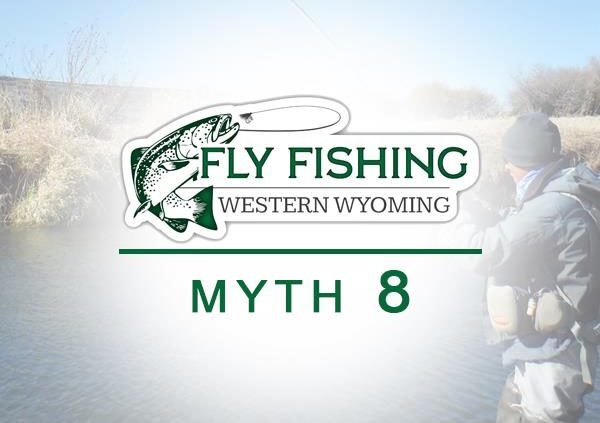Snow Pack
Snow Pack
A big snowpack in January through March means higher water levels through the summer and fall.
Other Important Factors:
- Where is the snowpack in terms of elevation? The winter of 2014 – 2015 had less than average snowpack. Then we had a warm March-May. These warm temperatures caused it to rain below 9,000 feet but snow heavily above 9,000 ft. Because snow levels are generally measured below 10,000 ft the “official” snowpack was reported as being extremely low. In fact, by June, snow above 10,000 ft. was very near normal. We had a good runoff and water conditions well into September- at least in drainages with 9,000ft plus elevations. As of October 1, the Viva Naughton Reservoir was 85% full!
- What happens in May and June? Again, 2014 – 2015 displays an interesting dynamic. Despite very low snowfall from Jan. to March, the spring and early summer were very wet. It rained virtually every day in May. As stated above, much of that moisture ended up in snow above 10,000 feet. The moisture below 10,000 ft ended up raising groundwater levels substantially.
- What are the temperatures in April, May, and June? Really heavy snowpack during the winter can be eliminated very quickly if there are high temperatures from April to June. This process can be exacerbated if the warm temperatures are matched with low rainfall. Lower elevation snow especially will be eliminated very fast. Rivers can be dried up by September. This was the scenario during the summer of 2011. We had up to 200% of normal snowpack. Runoff was horrendous until the middle of July and then the rivers dropped very fast.
- What are the rainfalls in July and August? The winter of 2012 – 2013, was a little below average in terms of snowpack. But, we had record-breaking rainfall totals during the summer of 2013 (and 2014) -, especially during August. The rivers, while off-color at times, stayed at good levels all summer.
- What are groundwater levels? The summer of 2015, was aided by the fact that we have had 4 or 5 years of high precipitation which raised groundwater levels. This was aided, as stated earlier, by monster rainfall totals in May.
Remember that by August, at the latest, virtually all rivers are fed by springs. There is no snow melting because there is no snow. All rivers are, in essence, spring-fed! The higher the groundwater levels, the more volume springs produce, and the higher the water levels. Springs are minimally impacted by individual precipitation events. So, how exactly would I define a “Spring Creek”? What we call Spring Creeks are usually in low gradient valleys with relatively small drainage systems. They are slow, clear, “weedy” with soil bottoms, and because of the minimal gradient, small drainages, and stability, the spring thaw floods do minimal damage. Soil, weeds, and insects don’t get washed downstream.
Conclusions: By March, it is almost impossible to accurately predict runoff, or August flows! This year snowpack in our area is within 20% of normal- above or below depending on precise location. We still have two weeks in March, which is projected to be wetter than normal. We’ll have to wait and see about temperatures to see the final result of this projected precipitation. What we can state with certainty is that with the accumulation of good groundwater levels over the last several years, Western Wyoming will fish well this summer. We can almost always find good fishing in one place or another. Any time you can get away is a good time!




Leave a Reply
Want to join the discussion?Feel free to contribute!